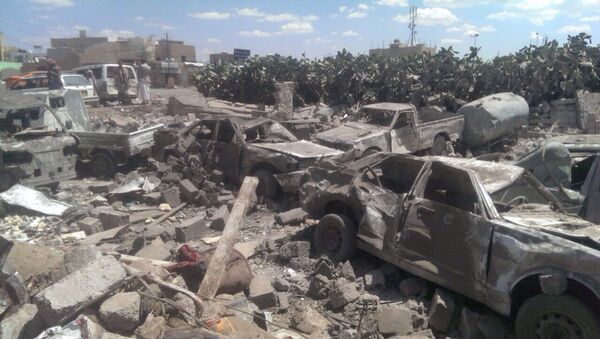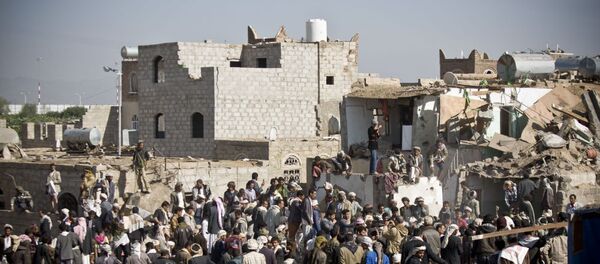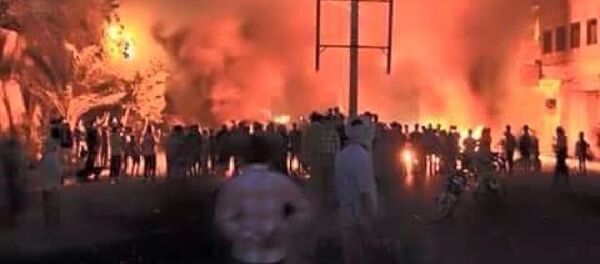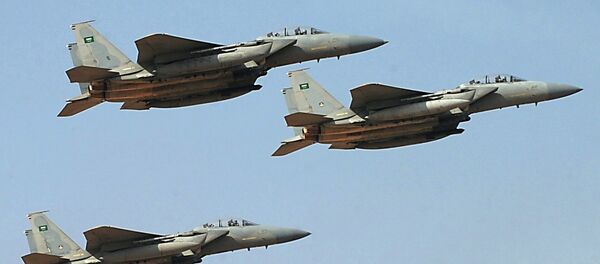In March 2015, Houthi militants, already in control of capital Sanaa, established control over Taiz, the third-largest Yemeni city, and the local airport.
US-Led Anti-ISIL Coalition (2014 – Present)
The United States and their allies have been conducting airstrikes targeting the positions of the Islamic State, which is currently in control of large parts of Iraq and Syria, since August 2014.
The US-led military operation was only given its current codename Inherent Resolve in October, 2104.
More than 60 countries have joined the United States in the operation to eliminate ISIL, according to the US State Department.
Operation Shock and Awe in Iraq (2003)
The military operation involving the US Armed Forces and those of the international coalition was conducted against Iraq from March 20 until May 1, 2003, and was not authorized by the United Nations and has been judged as arguably illegal by members of the US Congress.
The invasion was officially justified by the then Iraqi President Saddam Hussein's alleged ties with international terrorism, as well as disputed CIA reports claiming Iraq had stockpiled weapons of mass destruction. All of these claims were later refuted.
The military campaign lasted 43 days. On May 1, 2003, US President George W. Bush delivered his infamous Mission Accomplished speech, announcing an end to major combat operations in Iraq.
Military violence in Iraq continued long after the operation ended. The defeat of Iraq's armed forces and the overthrow of Saddam Hussein triggered a protracted conflict, with repercussions felt to this day.
Operation Desert Storm in Iraq (1991)
The operation was launched on January 17, 1991 in line with a UN Security Council resolution authorizing member states to use all necessary means to uphold and implement Resolution 660 (1990). Apart from the United States, the United Kingdom, France and Australia, the anti-Iraqi coalition included Syria, Egypt and Saudi Arabia, as well as Eastern European countries. The Soviet Union did not join the coalition.
Operation Desert Storm lasted 41 days and included airstrikes (January 17 – February 23) and air-land operations (February 24-28).
On January 17, coalition forces launched airstrikes against targets in Iraq and Kuwait. Allied ground operations commenced on February 24, 1991, taking four days to liberate Kuwait. Hostilities ended on February 28, and a ceasefire agreement was signed on March 6.





